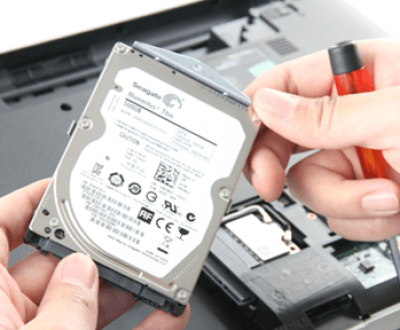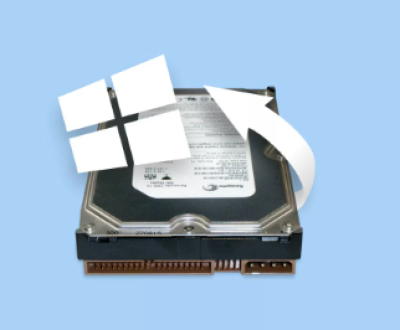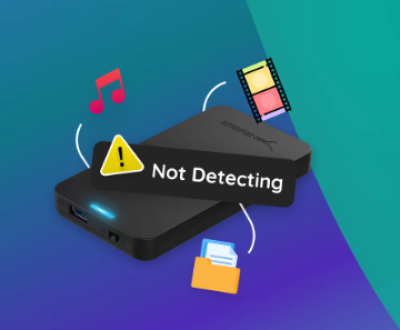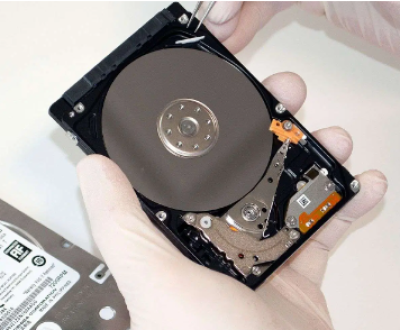Sometimes, we accidentally delete files that we later realize we still need. Fortunately, Windows operating systems have a built-in safety net called the Recycle Bin.
The Recycle Bin is a special folder in the Windows operating system that acts as a temporary storage area for deleted files and folders. When you delete a file using the “Delete” key on your keyboard or the “Delete” option in the context menu, the file is not immediately erased from your hard drive. Instead, it is moved to the Recycle Bin. This allows you to recover the file if you change your mind or realize that you deleted it by mistake.
Each file in the Recycle Bin retains its original name, location, and some metadata. The Recycle Bin has a certain capacity, which can be adjusted by the user. Once the Recycle Bin reaches its maximum capacity, the oldest files are automatically deleted to make room for new ones. Additionally, you can manually empty the Recycle Bin at any time, which permanently deletes all the files and folders it contains.

Step-by-Step Guide to Recovering Files from the Recycle Bin
Step 1: Locate the Recycle Bin Icon
The Recycle Bin icon is usually located on the desktop. It is represented by a trash can symbol. If you don’t see it on the desktop, you can try the following steps to make it visible:
Right-click on the desktop and select “Personalize.”
In the left sidebar, click on “Themes.”
Scroll down and click on “Desktop icon settings.”
In the “Desktop icons” section, check the box next to “Recycle Bin” and click “Apply” and then “OK.”
Step 2: Open the Recycle Bin
Double-click on the Recycle Bin icon to open it. You will see a list of all the deleted files and folders that are currently stored in the Recycle Bin. The files are displayed with their original names, the date they were deleted, and their size.
Step 3: Select the Files to Recover
Scroll through the list of files in the Recycle Bin and find the ones you want to recover. You can select multiple files by holding down the “Ctrl” key (Windows) or the “Command” key (Mac) while clicking on the files. To select all the files in the Recycle Bin, you can use the keyboard shortcut “Ctrl + A” (Windows) or “Command + A” (Mac).
Step 4: Restore the Selected Files
Once you have selected the files you want to recover, right-click on one of the selected files and choose the “Restore” option from the context menu. This will move the files back to their original location on your hard drive. If the original location no longer exists or has been changed, the files will be restored to a location that is similar to the original one.
Alternatively, you can drag and drop the selected files from the Recycle Bin to the desired location on your computer. This can be useful if you want to restore the files to a different folder than their original location.
Troubleshooting Common Issues When Recovering from the Recycle Bin
File Not Found in the Recycle Bin
If you deleted a file and it is not showing up in the Recycle Bin, there could be several reasons for this:
The file was too large to fit in the Recycle Bin. By default, the Recycle Bin has a size limit, and if a file exceeds this limit, it will be deleted permanently instead of being moved to the Recycle Bin. You can check the size of the Recycle Bin by right-clicking on the Recycle Bin icon and selecting “Properties.”
The file was deleted using a command-line tool or a third-party application that bypasses the Recycle Bin. Some applications, such as disk cleanup utilities or file shredders, are designed to delete files permanently without sending them to the Recycle Bin.
The Recycle Bin has been emptied. If you have manually emptied the Recycle Bin, all the files and folders it contained have been permanently deleted and cannot be recovered using the Recycle Bin.
In such cases, you may need to use a third-party data recovery software to try to recover the deleted file. There are many free and paid data recovery tools available on the market, such as Panda Assistant Wizard, and Panda Data Recovery.
File Corrupted After Recovery
Sometimes, a file may become corrupted after being recovered from the Recycle Bin. This can happen due to various reasons, such as a damaged hard drive, a power outage during the recovery process, or a problem with the file system.
If you encounter a corrupted file after recovery, you can try the following steps to repair it:
Try opening the file using a different application. Sometimes, a file may be corrupted because the application you are using to open it is not compatible with the file format.
Use a file repair tool. There are several file repair tools available on the market that can help you repair corrupted files. For example, if you have a corrupted Microsoft Office document, you can use the built-in repair tools in Microsoft Office to try to fix the file.
If all else fails, you may need to recreate the file from scratch or try to find a backup copy of the file.
Additional Tips for Data Recovery and Prevention
Regularly Back Up Your Data
The best way to prevent data loss is to regularly back up your important files and folders. You can use an external hard drive, a cloud storage service, or a network storage device to create backups of your data. Make sure to schedule regular backups and test your backup system periodically to ensure that it is working properly.
Be Careful When Deleting Files
Before deleting a file, double-check to make sure that you really want to delete it. If you are not sure, it is better to move the file to a temporary folder or rename it instead of deleting it. This will give you some time to review the file and decide whether you still need it.
Use Data Recovery Software
In addition to the Recycle Bin, there are many third-party data recovery software tools available that can help you recover deleted files. These tools can be useful in cases where the file was not sent to the Recycle Bin or when the Recycle Bin has been emptied. However, it is important to choose a reliable and reputable data recovery software and to follow the instructions carefully to avoid further data loss.
Keep Your Operating System and Applications Up to Date
Keeping your operating system and applications up to date can help prevent data loss by fixing bugs and security vulnerabilities that could potentially cause data corruption or loss. Make sure to install the latest updates for your operating system and applications as soon as they are available.
About us and this blog
Panda Assistant is built on the latest data recovery algorithms, ensuring that no file is too damaged, too lost, or too corrupted to be recovered.
Request a free quote
We believe that data recovery shouldn’t be a daunting task. That’s why we’ve designed Panda Assistant to be as easy to use as it is powerful. With a few clicks, you can initiate a scan, preview recoverable files, and restore your data all within a matter of minutes.
Subscribe to our newsletter!
More from our blog
See all postsRecent Posts
- How to recover data from portable hard drive 2025-07-10
- How to recover data from a broken hard drive 2025-07-10
- How do i recover files from a formatted hard drive 2025-07-10

 Try lt Free
Try lt Free Recovery success rate of up to
Recovery success rate of up to









